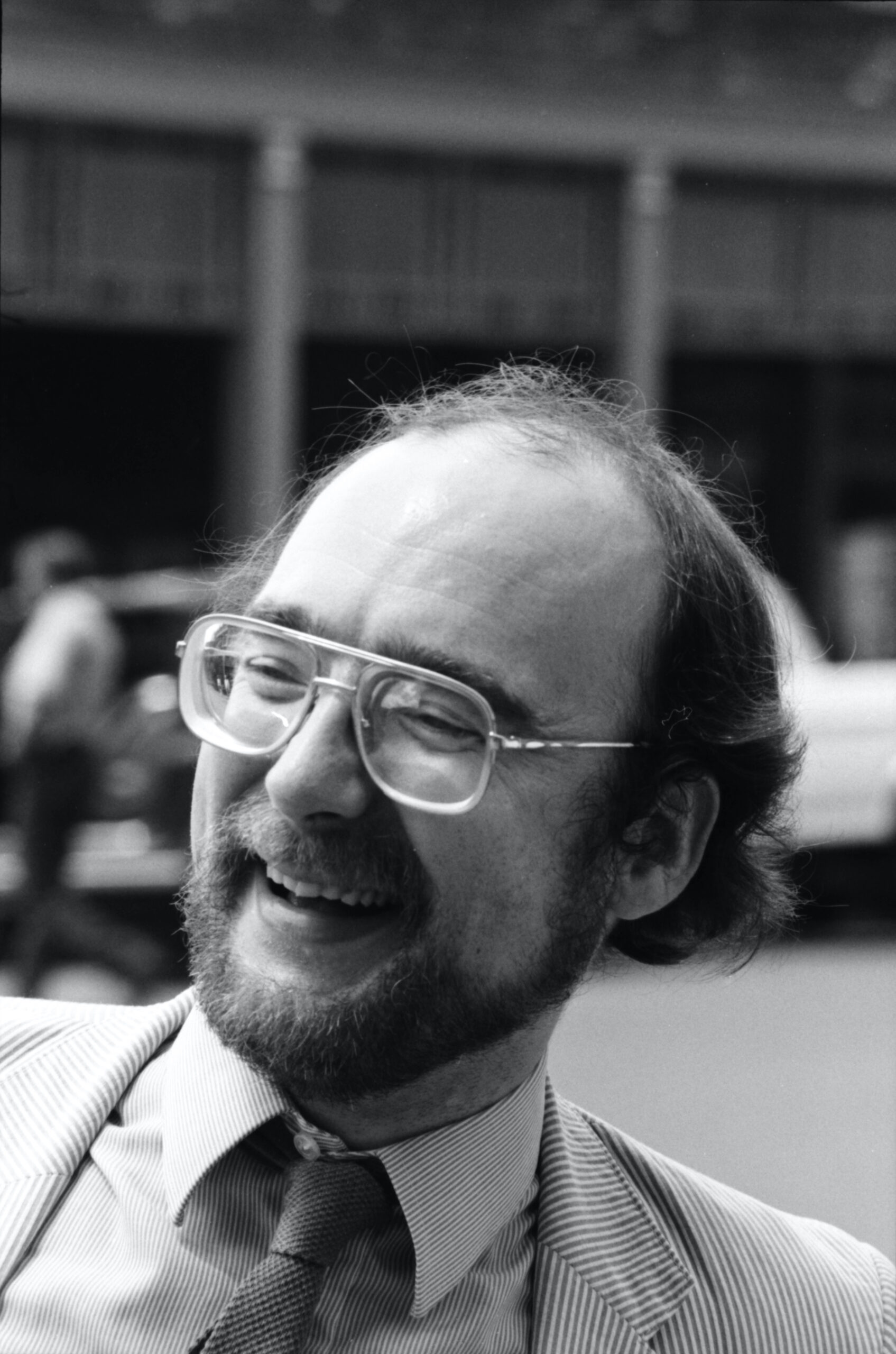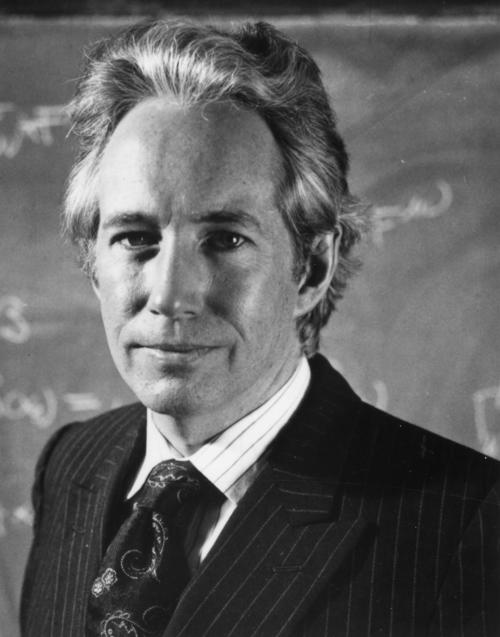

Public Lecture
Entanglement and the Second Quantum Revolution
Duncan Haldane
Wed, Aug 3, 5:30–6:30pm
Since the laws of quantum mechanics were discovered almost 100 years ago, they have remained unchanged and passed all tests. They describe accurately the micro-world of atoms but remain enigmatic in their implications for our everyday world. In early years, the Heisenberg uncertainty principle was taken to be the most remarkable feature of quantum mechanics, but the property of “entanglement”, which Einstein identified as its most paradoxical feature, has recently come to be seen as central.
While Einstein felt that the implications of entanglement were so strange that quantum mechanics could not be the fundamental description of nature, it has passed all experimental tests. In combination with the development of modern quantum information theory, it is at the heart of what some are calling the “second quantum revolution,” in which entanglement over distances larger than atomic sizes is viewed as the “fuel” that will drive future “quantum information processors” much more powerful than today’s computers.
Image credit: Mark Garlick/Science Photo Library via Getty Images

About Duncan Haldane
Duncan Haldane was born in London and after attending St. Paul’s School, he studied at Cambridge University where he received a Ph.D. in 1978. His supervisor was the future Nobel Laureate Philip Anderson. Haldane has worked at Institut Laue–Langevin in Grenoble, France, the University of Southern California, Los Angeles, Bell Laboratories, Murray Hill, New Jersey, and the University of California San Diego. In 1990, Haldane was appointed as a professor of physics at Princeton University, where he remains to this day. With David J. Thouless and J. Michael Kosterlitz, Haldane shared the 2016 Nobel Prize in Physics “for theoretical discoveries of topological phase transitions and topological phases of matter.”
Haldane is known for a wide variety of fundamental contributions to condensed matter physics including the theory of Luttinger liquids, the theory of one-dimensional spin chains, the theory of fractional quantum hall effect, exclusion statistics, entanglement spectra, and much more.
He has contributed to the Aspen Center for Physics as a General Member, Secretary, Trustee, and is currently and Honorary Member.
Heinz R. Pagels Public Lecture Series
Heinz R Pagels was a professor of physics at Rockefeller University, president of the New York Academy of Science, a trustee of the Aspen Institute, and a member of the Aspen Center for Physics for twenty years, serving as a participant, officer, and trustee. He was also President of the International League for Human Rights. His work on chaos theory inspired the character of Ian Malcolm in the Jurassic Park book and movies. A part-time local resident, Professor Pagels died here in a mountaineering accident in 1988. His family and friends instituted the lecture series in his honor because he devoted a substantial part of his life to effective public dissemination of scientific knowledge.
